(Georgia Recorder) — Former President Jimmy Carter may have only served one term as governor, but he left his mark in many ways before leaving for Washington, even literally.
With a pencil, Carter signed the desk in the governor’s ceremonial office, starting a tradition that has been continued by his successors.
Four of those governors who would go on to write their own signature on the desk – three of them Republicans – were among those who bundled up Saturday and stood outside the state Capitol as Carter’s motorcade made a brief and solemn ceremonial stop on its way to the Carter Presidential Center a few miles away.

“I think most of us felt like he had really fought for so long that there was a certain peace about that at that final moment in that regard,” Sonny Perdue, a former governor who is now chancellor of the University System of Georgia, told reporters Saturday.
“But I think we looked at the pictures of him at his wife’s funeral, and that wasn’t the President Carter that I knew and the humanitarian that lived after that,” Perdue said.
Carter, who was a Democrat, died last Sunday at the age of 100 after being in hospice care for nearly two years. Former first lady Rosalynn Carter died late in 2023.
The ceremonial stop at the state Capitol was part of the first of a six-day funeral procession that started Saturday in Americus and will culminate Thursday with services in Washington and finally back in Plains. Carter will lie in repose at the Carter Presidential Center until 6 a.m. Tuesday.
Wendy Shaw, who lives in Charlotte, North Carolina, and her family were among the many out-of-towners who made their way to Atlanta this weekend for the former president’s funeral services.
The family visited the state Capitol on Saturday morning and then proceeded to the Carter Presidential Center at night for Carter’s public visitation. The 56-year-old banker wanted to pay respect to her childhood hero.
“He was someone who I admired because of what he stood for politically and for being someone who championed causes that benefited people who were the most in need,” Shaw said.
For the most part, Saturday was a reflection of Carter’s humble beginnings in rural Georgia and his time under the Gold Dome in Atlanta, where he served as a state senator and governor before winning a long-shot bid for president in 1976.

Carter’s fingerprints can still be seen all over state government, including through the state’s education system – he laid the groundwork for the state’s technical and vocational education system as well as Georgia’s kindergarten and pre-K programs – and drastically restructured state government through a consolidation of agencies and boards.
“You might think about that as being like smaller government, but that wasn’t his goal,” said state Sen. Sally Harrell, an Atlanta Democrat who served alongside Carter-era lawmakers when she was in the state House.
“His goal was to have efficient government that served the people better. So that was always his goal is to have a government that is stronger for the people. That government still exists today,” she said.
Harrell was among the dozens of state lawmakers who greeted Carter’s motorcade Saturday as it stopped in front of the state Capitol amid a bipartisan outpouring of tributes and reflections on Carter’s legacy.
“I think when people think about President Carter, they think about him being a compassionate, moral person, and I think that’s what people are craving now, is to have another leader like him,” Harrell said.
Perdue argued the universal admiration seen in the last week says as much about the nation as it does Carter.
“I hope that says something about us as far as a country that’s willing to recognize a great person, a great leader in that regard, and pay due respect to one irrespective of what partisan activity or area they were in that regard, I feel that way,” Perdue said. “Obviously, I have great respect for what he did – not what party he belonged to, but what he created and did for mankind afterwards.”

Georgia Supreme Court Justice Charlie Bethel, a former GOP state senator who previously served alongside Carter’s grandson Jason Carter in the state Senate, said he felt sadness but also pride at the death of a man he tells his children is worthy of emulation.
“In our house, we don’t do a lot of ‘heroing,’ because human beings are flawed, but it’s nice to be able to point to somebody and say, if you want to live like another person, Jimmy Carter is one person it’s worth pursuing that as a goal,” Bethel said Saturday.
Georgia’s highest-ranking elected officials, who are all Republicans, were also at the state Capitol Saturday to honor Carter and to greet Jason Carter and Carter’s oldest son, Chip Carter.
“There was a lot of love on the side of the road,” Chip Carter said during a private service at the Carter Presidential Center. “Every overpass had people on it. It was amazing and gave you goosebumps just to sit in the van and see the reaction of those people of Georgia.”
The public visitation started Saturday evening after the private service, which was attended by staff of the Jimmy Carter Presidential Library and Museum and the Carter Center – the people Jason Carter called the “real keepers of my grandparents’ legacy.”

“We’ll have many chances this week to pay tribute to my grandfather, but it was important for all of us that we stop here,” Jason Carter said during Saturday’s service. “These buildings, as you all know, are filled with his life, not just because this is a museum to his life and not just because there’s a collection here of his beloved paintings, but his spirit fills this place. And the real reason that this spirit fills this place is because of the people who are standing here.”
Georgia Recorder senior reporter Stanley Dunlap contributed to this report.

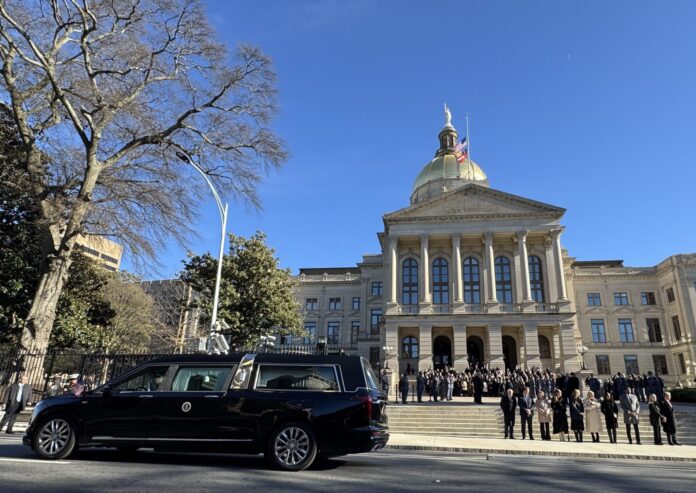

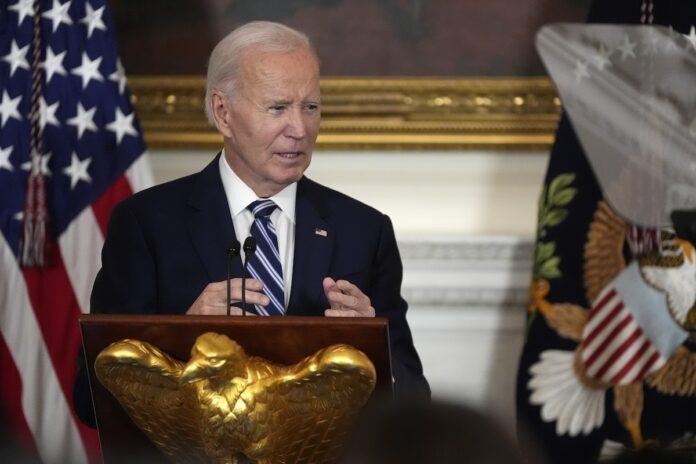
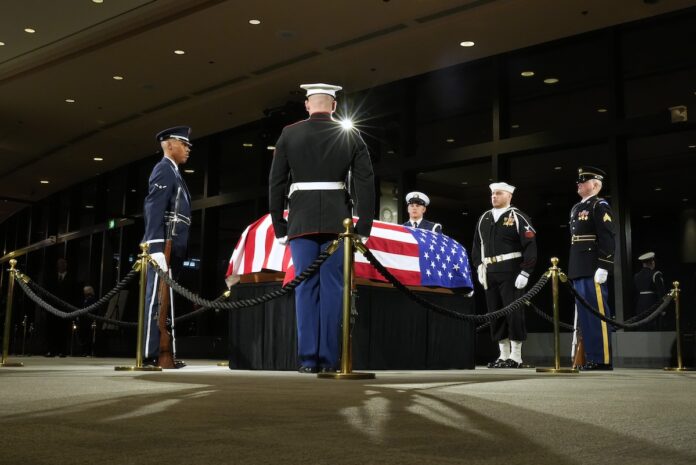
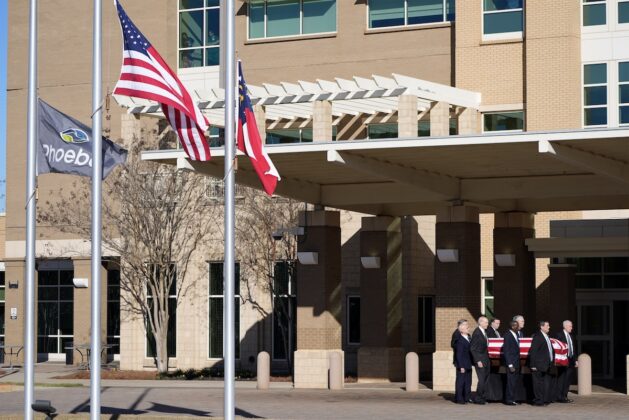
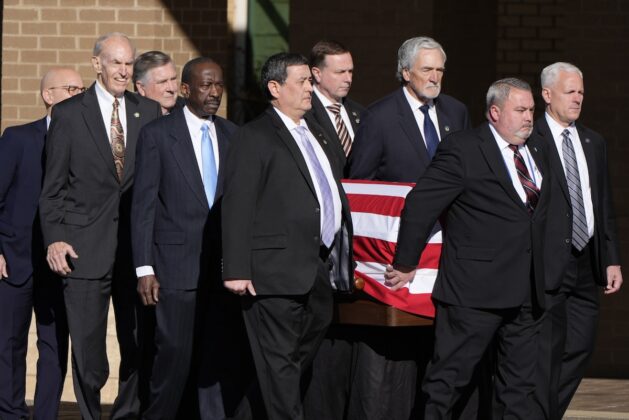


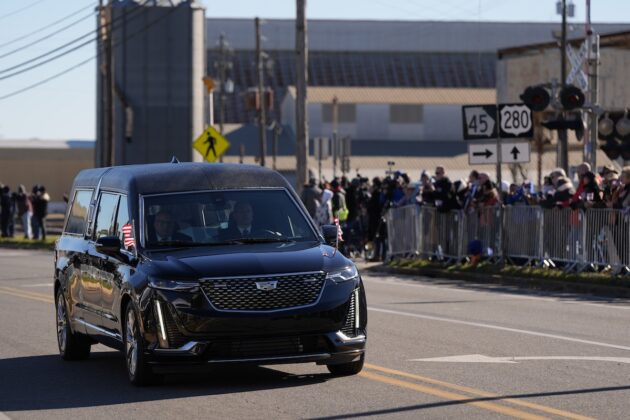

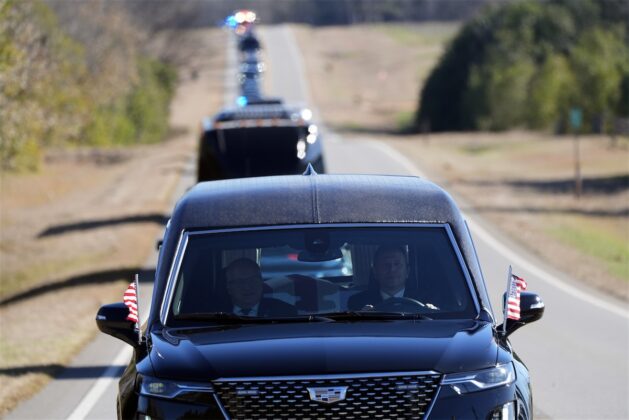
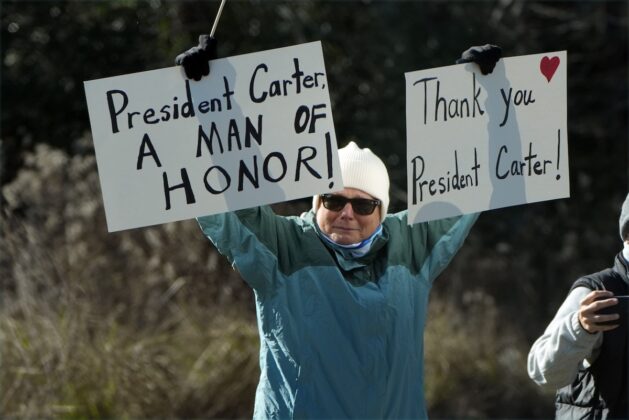
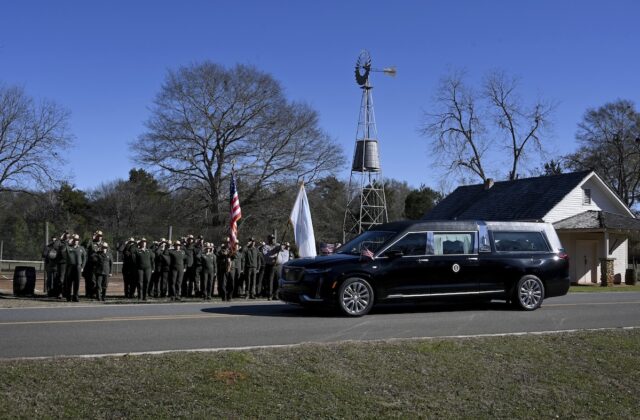


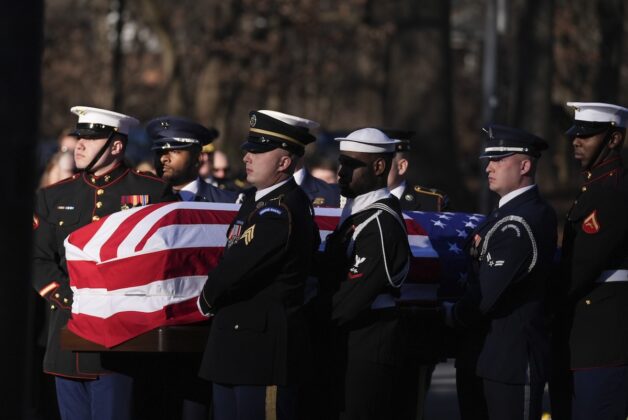
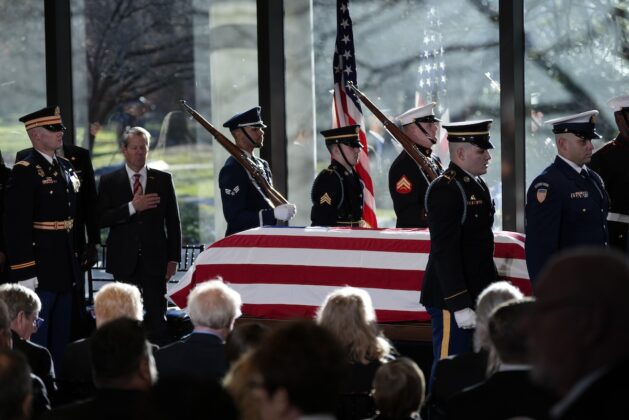
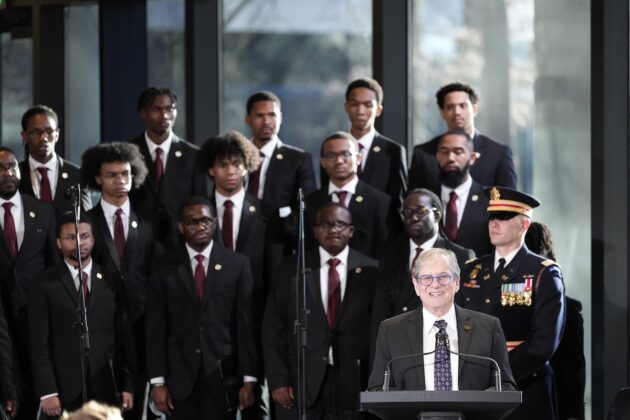
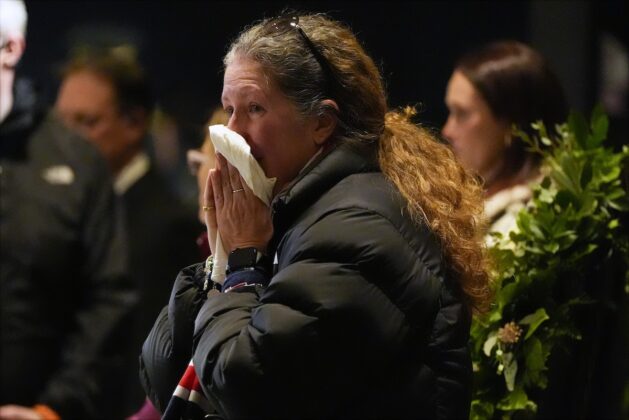




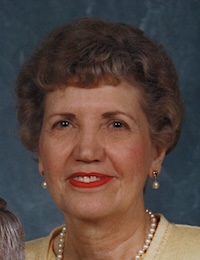
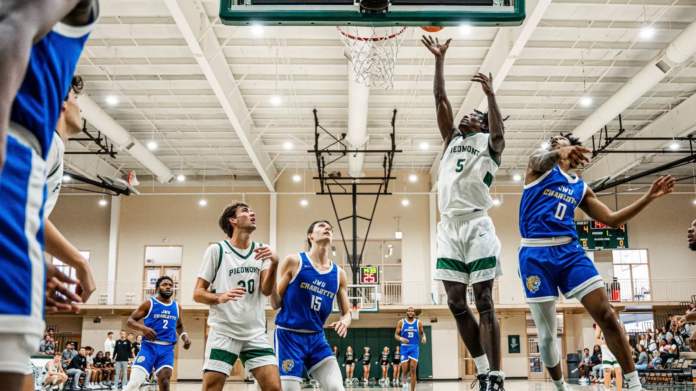
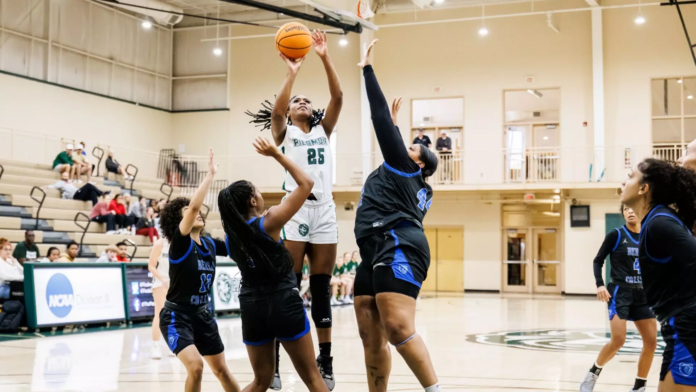

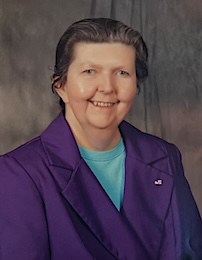

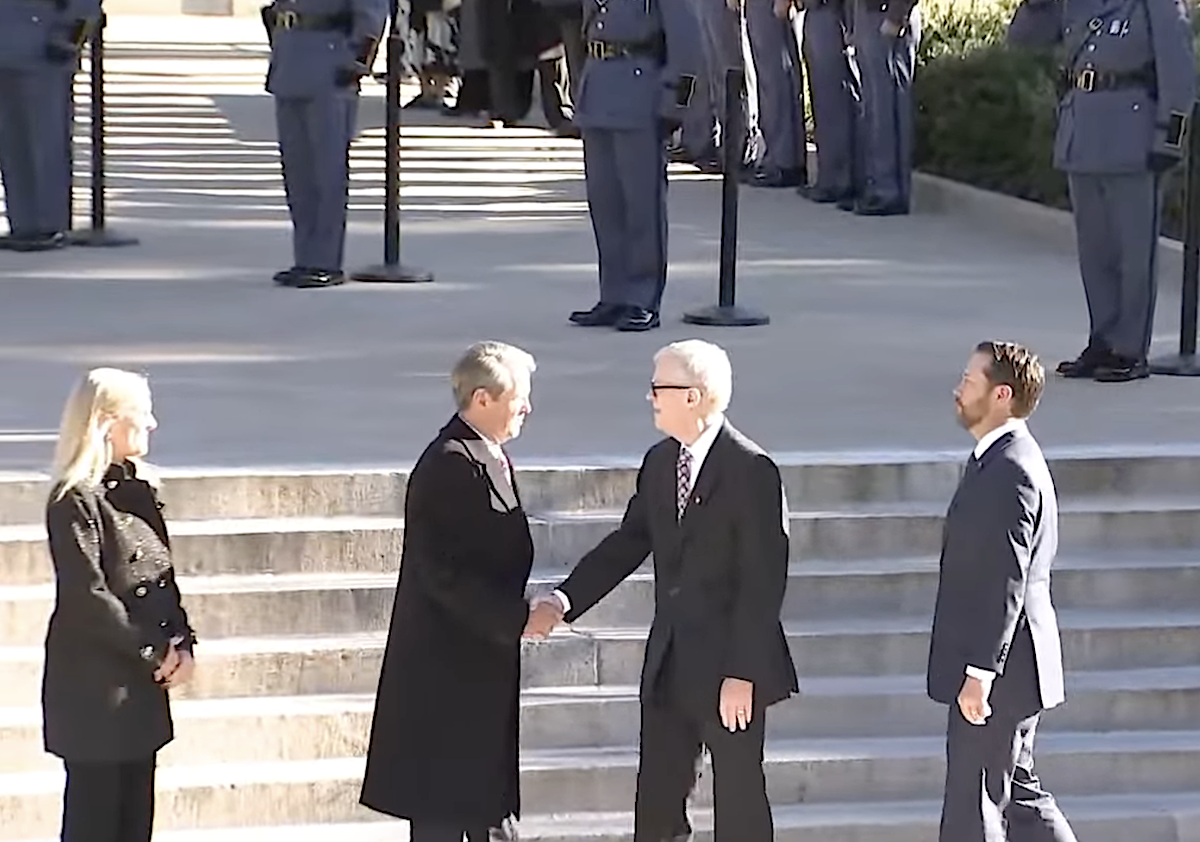
Kentuckian made ‘pilgrimage’ to Plains, says honor Jimmy Carter’s memory by loving humanity
In the summer of 2019, I embarked on a pilgrimage to attend Jimmy Carter’s Sunday school class at Maranatha Baptist Church in Plains, Georgia. As a long-time admirer of Carter for his faith and service leadership, participating in his class was a big must-do on my bucket list. Due to his age, opportunities to soak in this experience were quickly fading.
After driving most of the day and half the night while taking a few wrong turns and buying a bucket of sweet peaches and a bag of pecans to eat along the way, I finally arrived at the church around midnight.
My car was number 23 in the parking lot. Luckily, this number ensured the 630 miles I had driven were not in vain. I would have a spot in the approximately 300-seat sanctuary.
After a few hours of spiritual tailgating, the crowd settled into our respective vehicles to catch a bit of shut-eye before the big event.
The rising sun brought new friends to my car window, offering coffee, doughnuts, warm smiles, and, most importantly, directions on where and how to line up.
Some folks in the large crowd had been there many times; others, like myself, were rookies. Nevertheless, we all shared a sense of belonging and fellowship as we made our way through the Secret Service checkpoints and into the sanctuary.
Once everyone was settled, Ms. Jan, Amy Carter’s former fourth-grade teacher, used her teacher’s voice to give concise but good-humored directions and advice: the Secret Service does not appreciate sudden movements, do not stand or clap when President Carter enters the sanctuary, no pictures once the lesson starts, and stay after to have your photo taken with the Carters.
In addition, Jana Carter, daughter of Carter’s brother, Billy, pointed out items Carter had handcrafted.
He made the huge wooden cross anchored above the choir loft. He made the mahogany offering plates inscribed with his initials on the back. While Jana continued talking, it was the cross that I could not take my eyes and attention off of as tears streamed down my face. I imagined the former president pouring his woodworking skills, heart and prayers into the beautiful creation.
Next, the charming yet humble pastor of the church, the Rev. Tony Lowden, came in and told a few stories about Carter. The one that particularly resonated with me was that after a recent health scare of a broken hip, the Secret Service unsuccessfully discouraged Carter from continuing to teach Sunday school and requested Lowden to step in and reason with Carter. Lowden could not do any better than the Secret Service, and three weeks later, Carter was back sharing the gospel.
When Carter entered the sanctuary, walking slowly but faithfully to the podium, Ms. Jan’s rules were adhered to.
As he sat down and smiled that famous smile, Carter’s first words were, “Are there any visitors here today?” The audience laughed, and then folks piped up about where they were from. Numerous states and several countries were represented. I was glad to say, “Kentucky.”
He then recognized any missionaries and pastors. He also shared his and Rosalynn’s current health updates and humanitarian activities.
The themes of the finest things in life — peace, the environment, equality, justice, human rights and loving thy neighbor echoed throughout his lesson. As only he could in his gentle voice, he pointed out those were all teachings of Jesus Christ.
At the end of the lesson, he focused on the essence of The President Carter Challenge (https://mbcplains.org/president-carter-challenge), “How many of you think if you did one good thing for another person over the next month that it would make America a better country? The world a better place?” He encouraged the crowd to find someone who might be lonely, destitute, poverty-stricken, hungry or somehow in need. Then, as a gesture of love, visit them and ease their pain, not as a superior, but as an equal.
The 39th president, 2002 Nobel Peace Prize winner and Bible teacher since the age of 18 ended his lesson by saying, “To do one good thing for one other person will make America a better nation.” Those words have stuck with me.
A quote by political author Kai Bird on Jimmy Carter sums him up perfectly, “Carter was the only president to use the White House as a stepping stone to greater things.”
True, Mr. Bird, so true.
Instead of retreating from public life after his 1980 presidential loss, through prayer and contemplation, Carter put into motion a vision for serving others. The world is a better place because of his actions and influence.
In his honor, each of us can help make America a better nation by following his example of loving our fellow man.
This commentary was originally published by the Kentucky Lantern